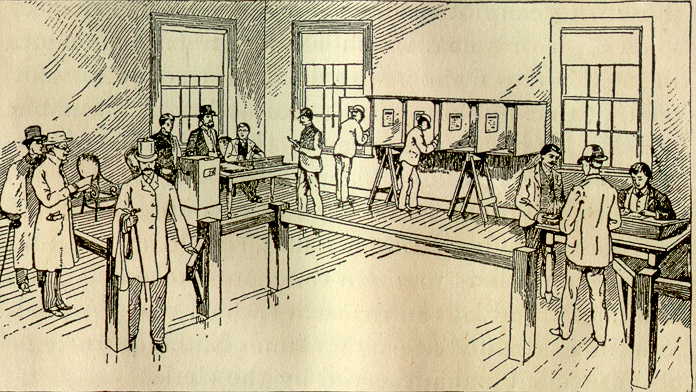Today, Pete Warden and Alasdair Allan revealed that Apple’s iPhone maintains an apparently indefinite log of its location history. To show the data available, they produced and demoed an application called iPhone Tracker for plotting these locations on a map. The application allows you to replay your movements, displaying your precise location at any point in time when you had your phone. Their open-source application works with the GSM (AT&T) version of the iPhone, but I added changes to their code that allow it to work with the CDMA (Verizon) version of the phone as well.
When you sync your iPhone with your computer, iTunes automatically creates a complete backup of the phone to your machine. This backup contains any new content, contacts, and applications that were modified or downloaded since your last sync. Beginning with iOS 4, this backup also included is a SQLite database containing tables named ‘CellLocation’, ‘CdmaCellLocaton’ and ‘WifiLocation’. These correspond to the GSM, CDMA and WiFi variants of location information. Each of these tables contains latitude and longitude data along with timestamps. These tables also contain additional fields that appear largely unused on the CDMA iPhone that I used for testing — including altitude, speed, confidence, “HorizontalAccuracy,” and “VerticalAccuracy.”
Interestingly, the WifiLocation table contains the MAC address of each WiFi network node you have connected to, along with an estimated latitude/longitude. The WifiLocation table in our two-month old CDMA iPhone contains over 53,000 distinct MAC addresses, suggesting that this data is stored not just for networks your device connects to but for every network your phone was aware of (i.e. the network at the Starbucks you walked by — but didn’t connect to).
Location information persists across devices, including upgrades from the iPhone 3GS to iPhone 4, which appears to be a function of the migration process. It is important to note that you must have physical access to the synced machine (i.e. your laptop) in order to access the synced location logs. Malicious code running on the iPhone presumably could also access this data.
Not only was it unclear that the iPhone is storing this data, but the rationale behind storing it remains a mystery. To the best of my knowledge, Apple has not disclosed that this type or quantity of information is being stored. Although Apple does not appear to be currently using this information, we’re curious about the rationale for storing it. In theory, Apple could combine WiFi MAC addresses and GPS locations, creating a highly accurate geolocation service.
The exact implications for mobile security (along with forensics and law enforcement) will be important to watch. What is most surprising is that this granularity of information is being stored at such a large scale on such a mainstream device.

